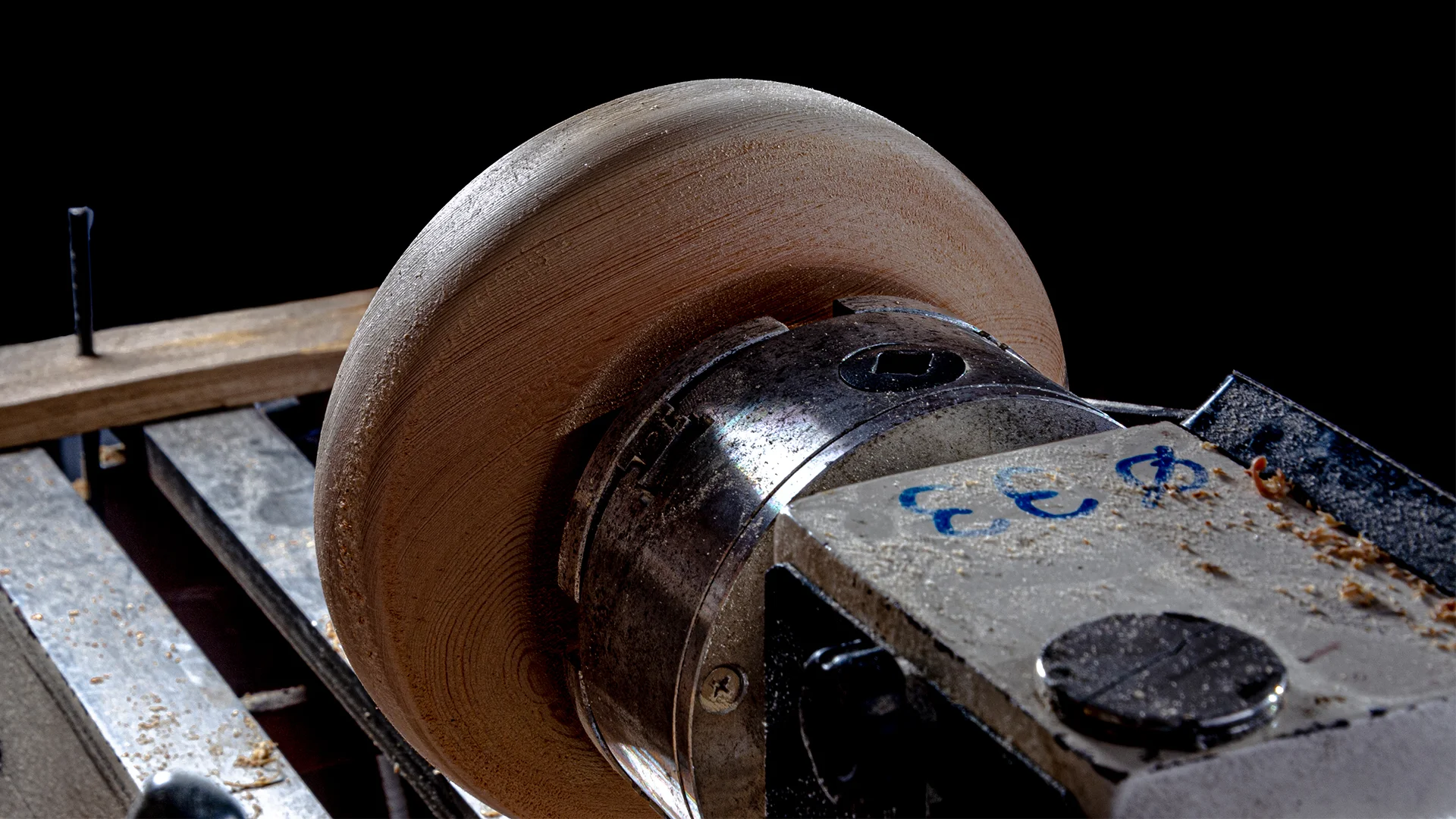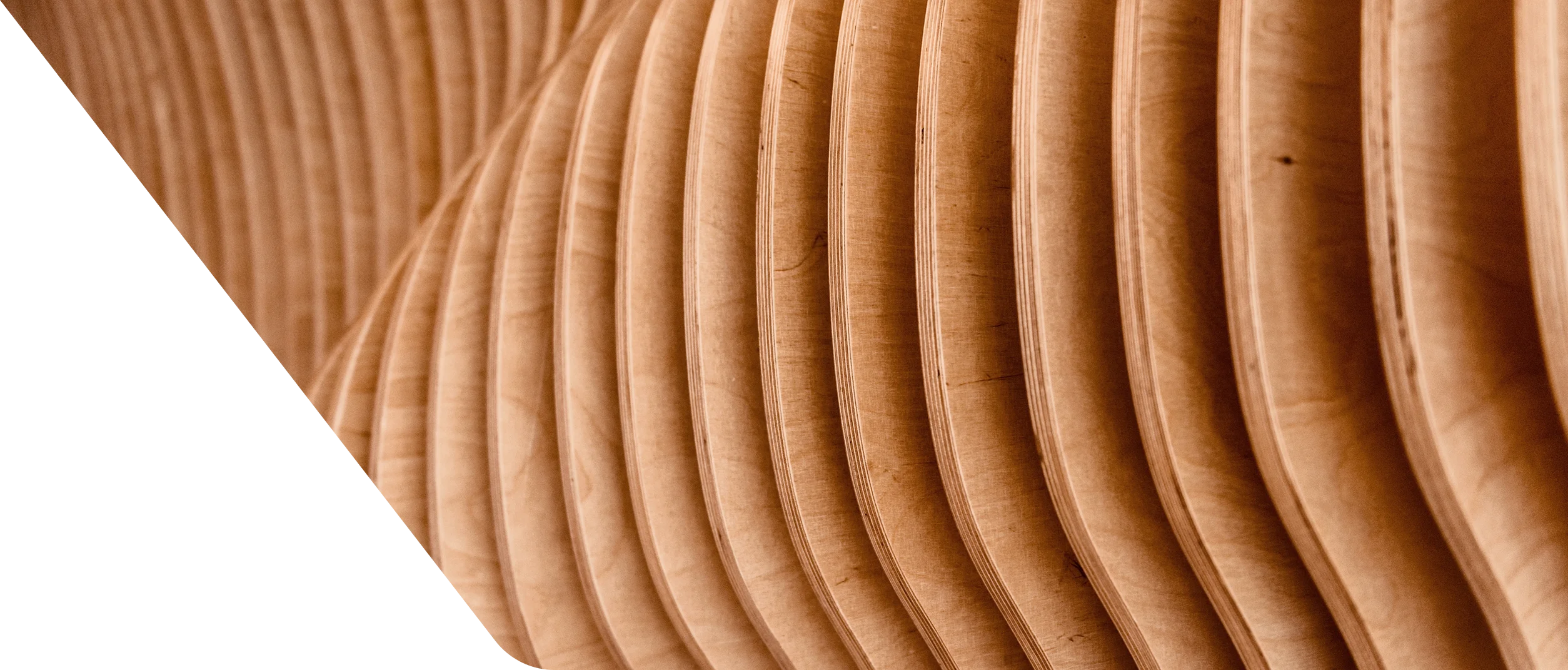
Our Blog
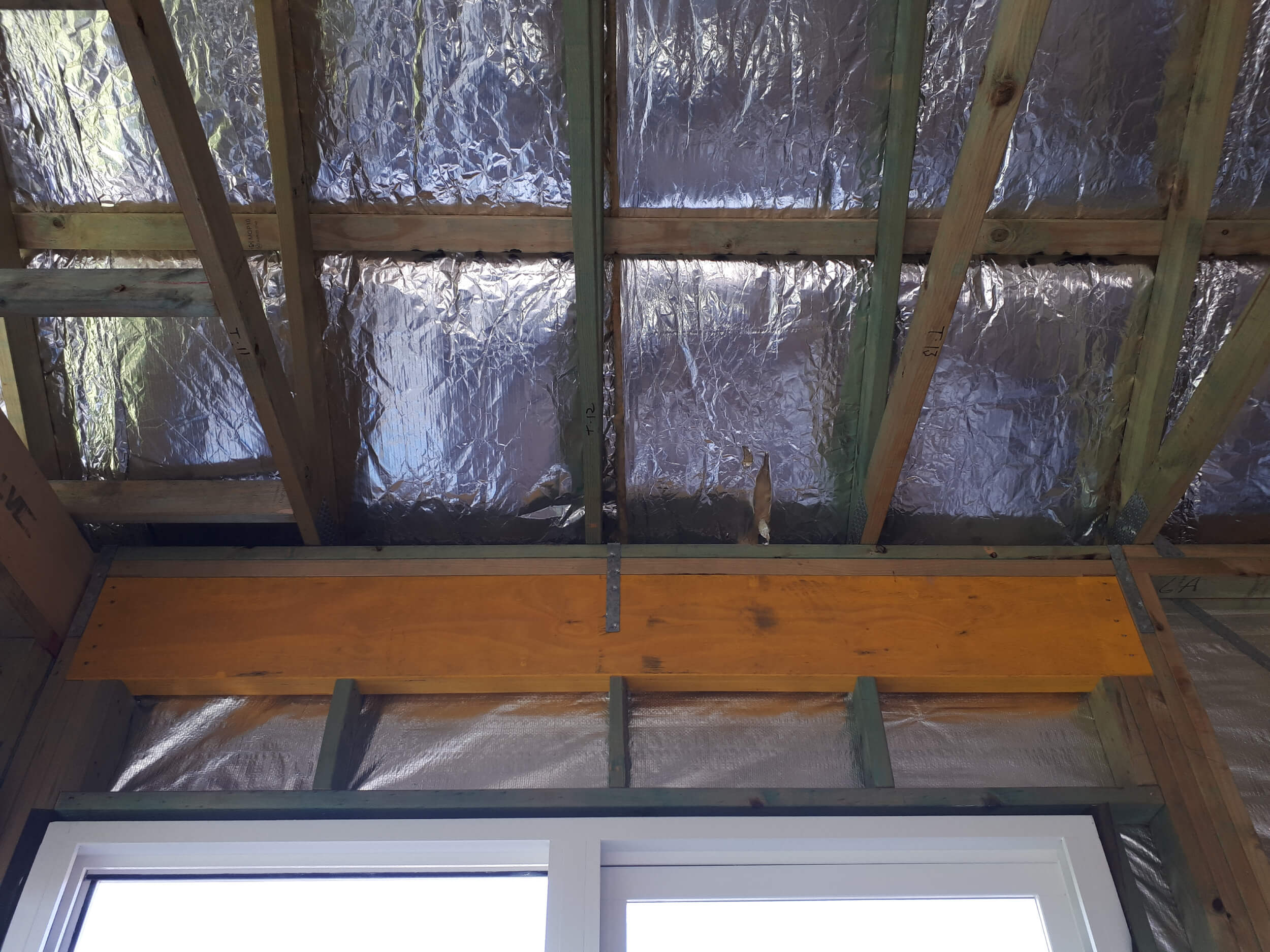
What is the Tolerance for Wood Framing?
Achieving precision in aligning, measuring, and connecting framing elements in interior woodworking projects is challenging and rewarding. This task requires careful consideration of wood framing tolerance. Many factors can keep you from determining this with the utmost precision, ultimately wreaking havoc on the entire construction process. This presents a significant challenge for architects, engineers, contractors, and builders. Still, your awareness of the challenge is the secret sauce that will define the quality of the project regardless of its size.
What is tolerance in wood framing?
Tolerance, in this context, denotes the boundaries on how much wiggle room a wooden frame can offer without jeopardizing the structure’s strength and function.
Achieving precise tolerance is crucial to ensuring all woodworking pieces fit together functionally and aesthetically seamlessly. Achieving this magical level of tolerance for wood framing is often a challenge. It takes meticulous planning, focused measurements, and strong craftsmanship skills.
Understanding this concept is critical to developing a secure, durable, high-quality woodworking project.
Factors Affecting Tolerance in Wood Framing
Tolerance in wood framing can be affected by factors like:
- Wood Material Variation
Consider wood’s variable properties, such as density, moisture content, and knots or other defects, which are subject to tremendous change under certain conditions. These common characteristics of wood often drive it to transform over time, affecting the tolerance level of many wood-based structures.
- Environmental Conditions
Environmental factors like temperature and humidity swings can cause wood to expand and contract, affecting the alignment of framing over time.
- Skill and Workmanship
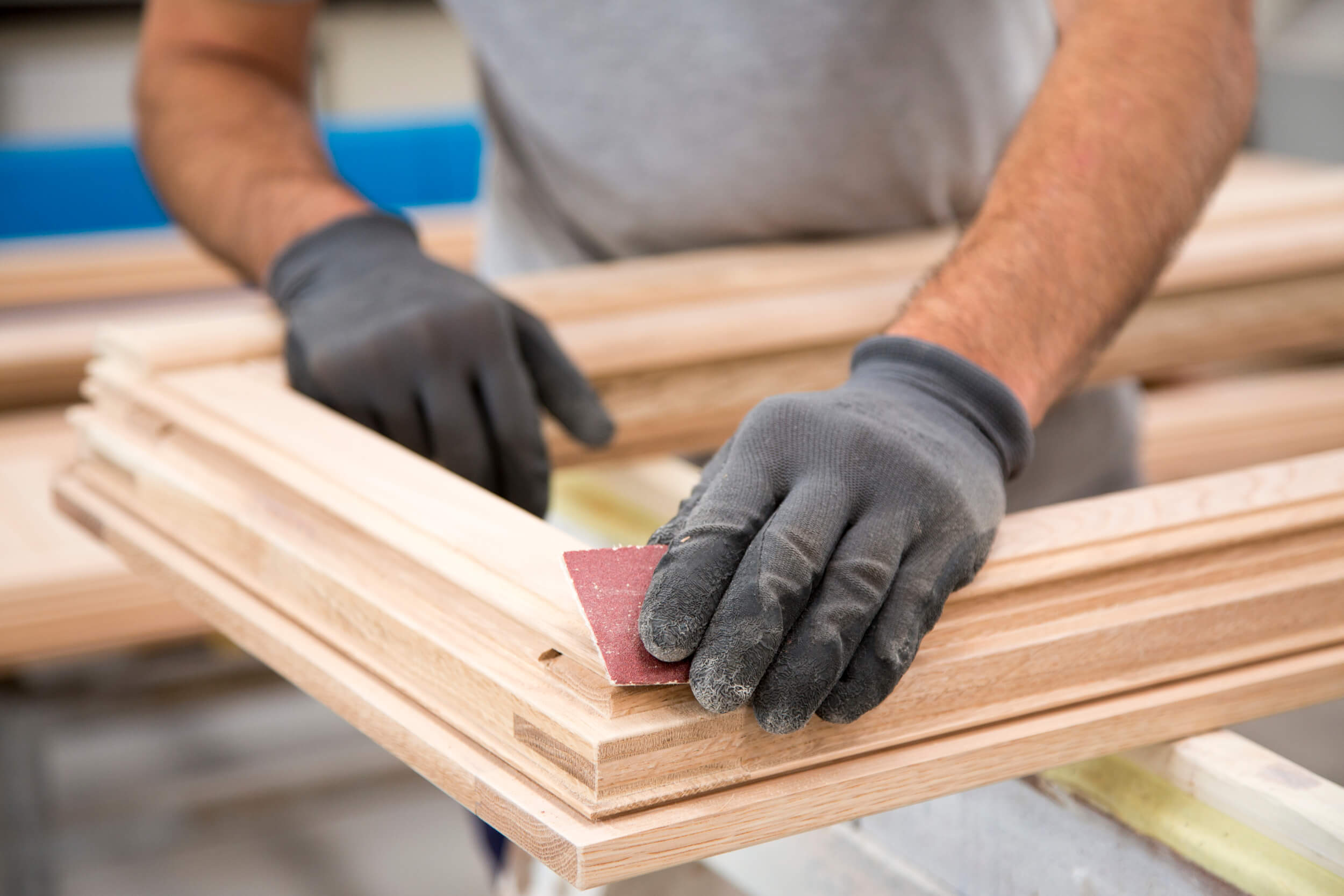
The expertise of skilled workers influences the outcome of interior woodworking projects. Precision is vital, and there needs to be room for error when cutting, measuring, and joining wood components. This is especially true if you’re looking to find acceptable tolerance in wood framing.
- Design Considerations
Architectural designs for interior woodwork vary in complexity, affecting the required level of framing tolerance for safety and reliability.
Types of Tolerances in Wood Framing
Tolerances in wood framing typically fall into three general types. These include the following:
- Dimensional Tolerance
Dimensional tolerance ensures wood frames’ correct size and dimensions, maintaining the required variations for a cohesive interior structure.
- Plumb and Level Tolerance
Think of plumb and level tolerance as the guardians of your woodwork project’s vertical and horizontal arrangement. They determine how much space your interior structure has that you can manipulate without compromising its strength. This could be the walls, floors, or ceilings, and maintaining plumb and level tolerance in these places is the secret to keeping everything stable and in tip-top shape.
- Connection Tolerance
Connection tolerance involves fitting and joining wood framing components precisely, ensuring stability and preventing structural issues like sagging or warping.
Consequences of Having Inaccurate Framing Tolerance Details
When framing tolerance is not correctly determined, the following can happen:
- Structural Weakness
Inaccurate framing tolerance can lead to structural weaknesses, aesthetic issues, and increased maintenance requirements.
- Aesthetic Issues
When framing tolerance isn’t spot on, brace yourself for a serious visual distraction. Crooked walls, sloping floors, and misaligned windows and doors become conspicuous, but not in a good way. These imperfections can zap the visual appeal of your interiors and pose a negative hit to your investment’s resale value.
- Increased Maintenance
When those wood framing components miss the tolerance mark, they’ll likely have a faster wear and tear rate, which means more maintenance and repairs on your to-do list. Not only is this costly but also time-consuming, and it might even shave years off your structure’s lifespan.
Recent Post
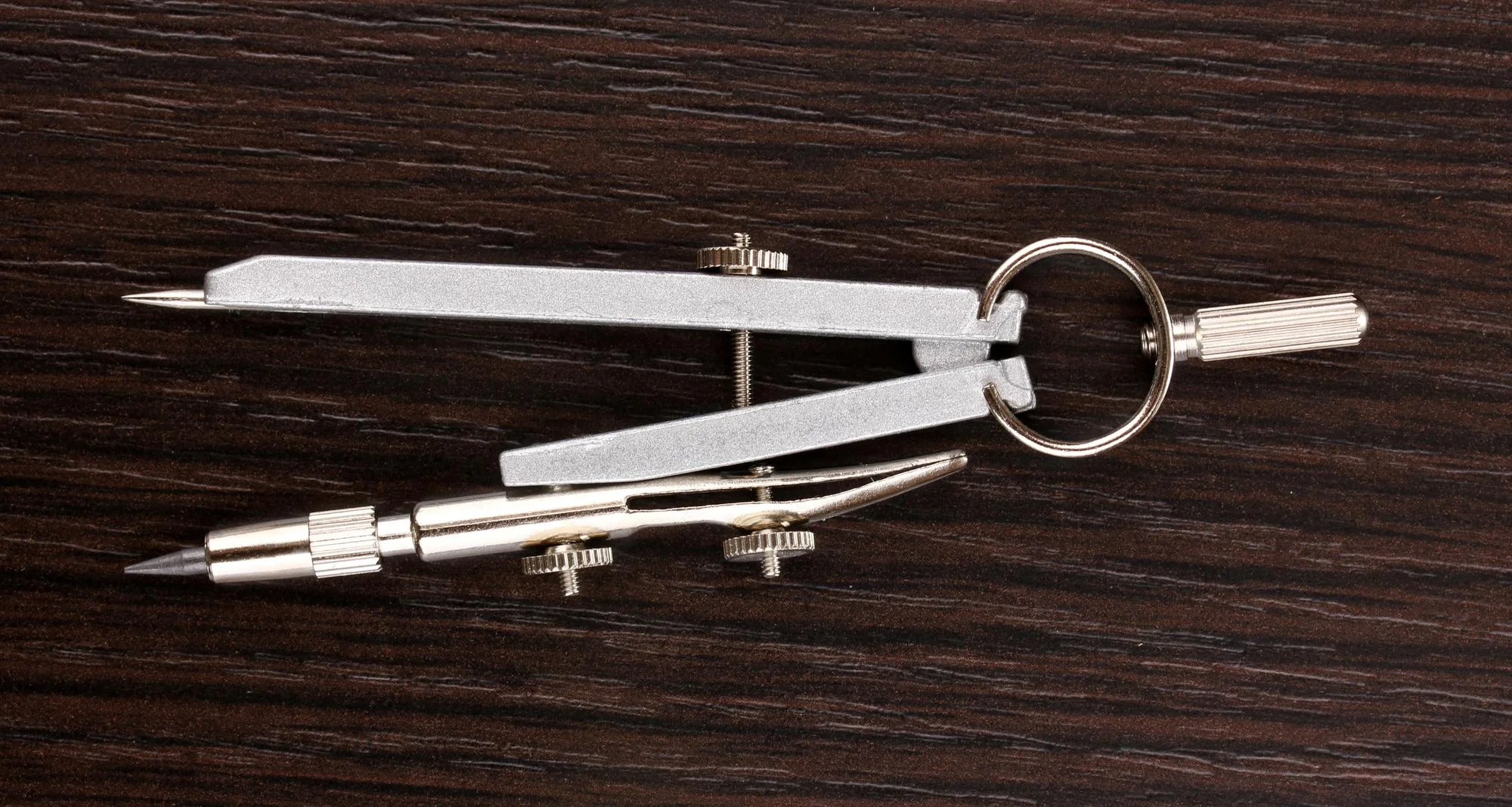
How to Choose the Best Woodworking Compass: Expert Tips and Tricks
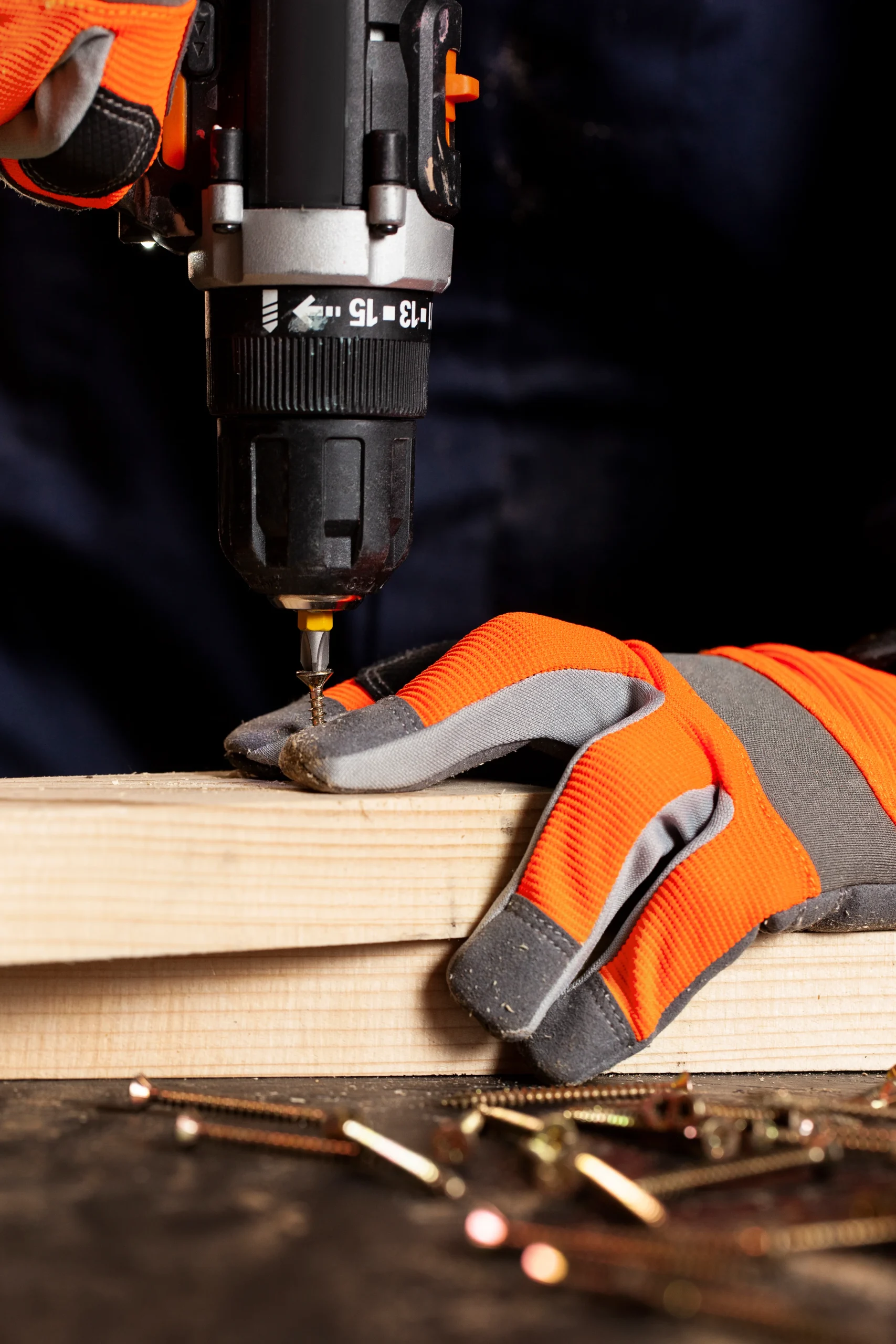
Screw Gun vs Drill: What Every Woodworker Needs to Know
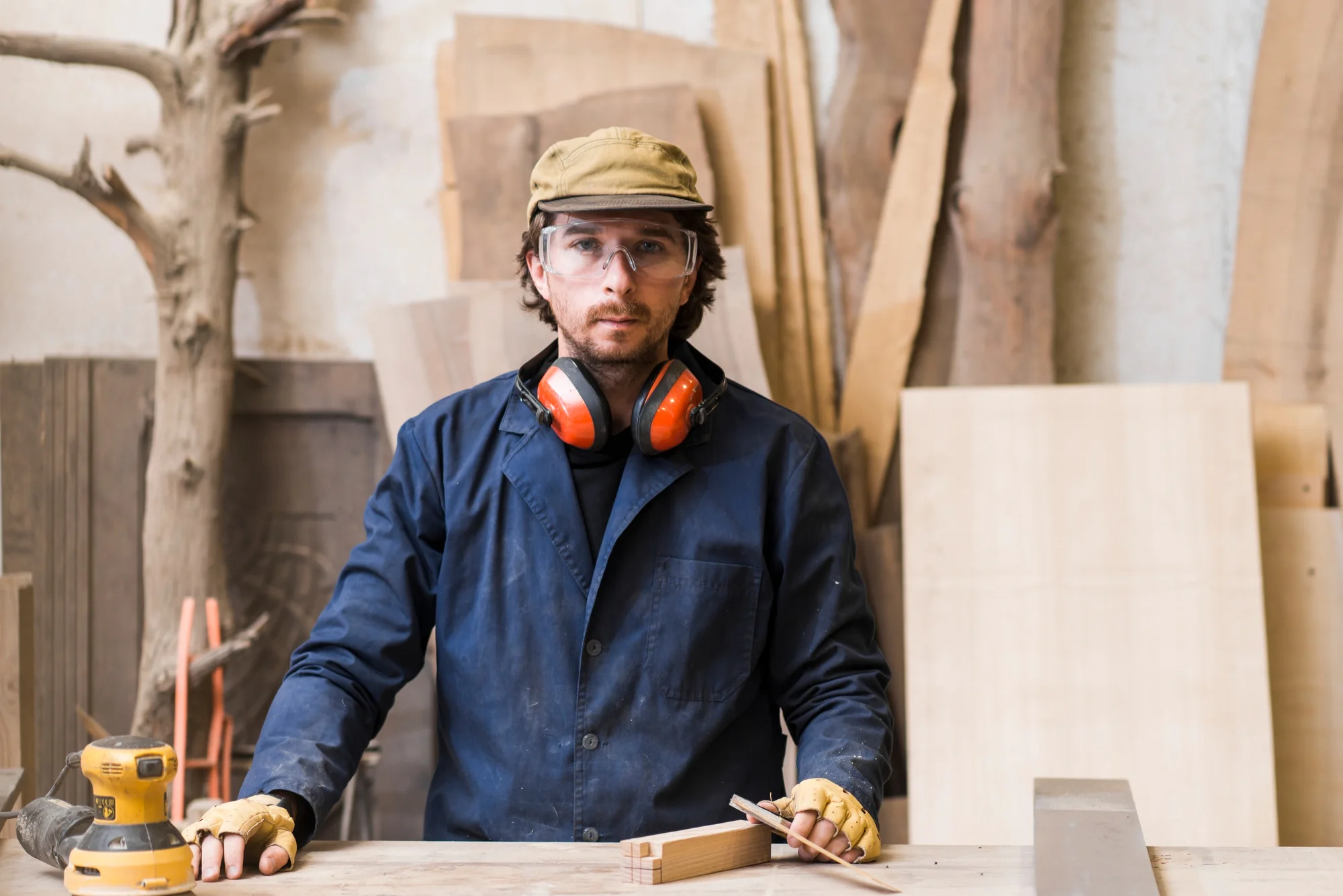
Woodworking PPE Checklist: Are You Fully Protected?
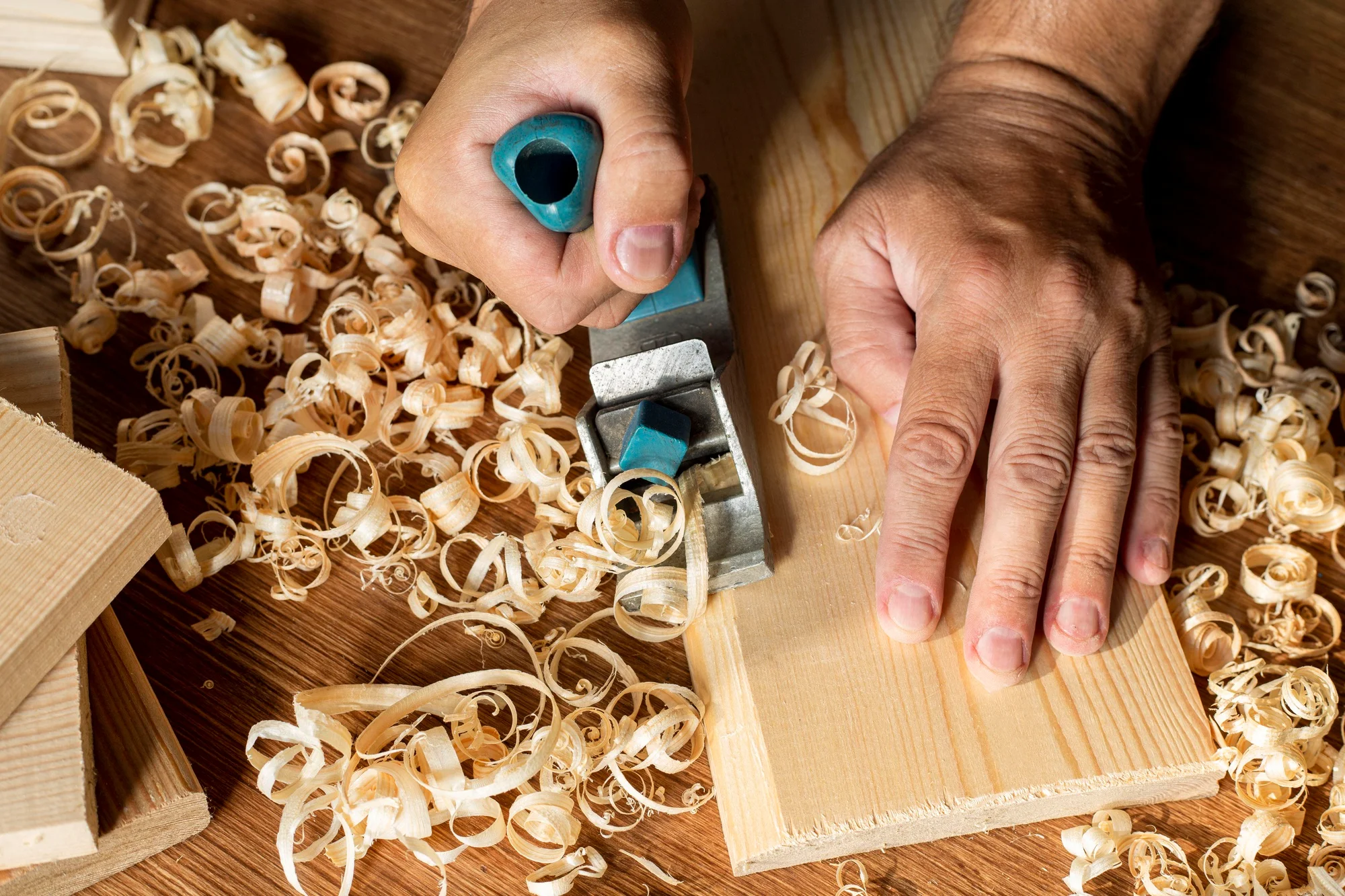
Green Woodworking 101: A Beginner’s Guide to Crafting with Unseasoned Wood
